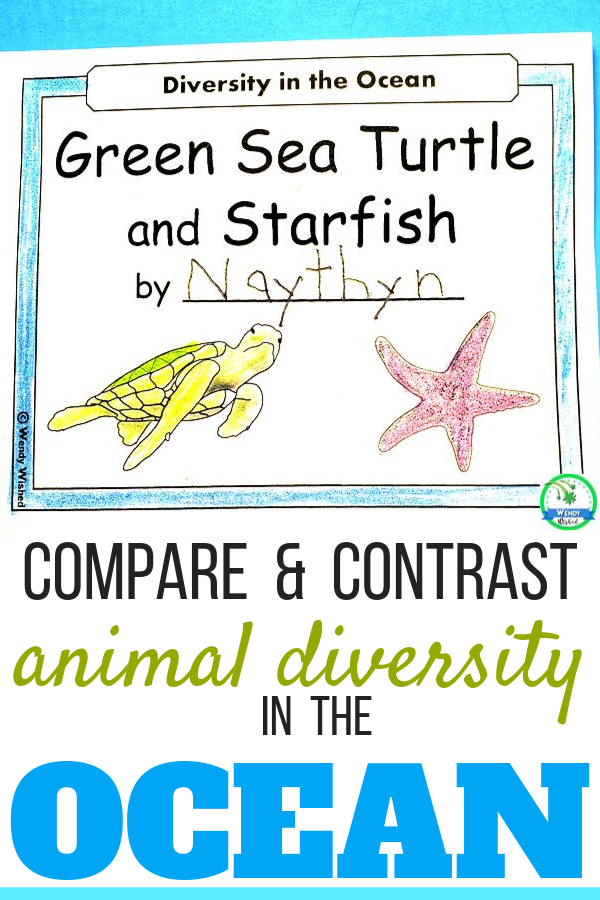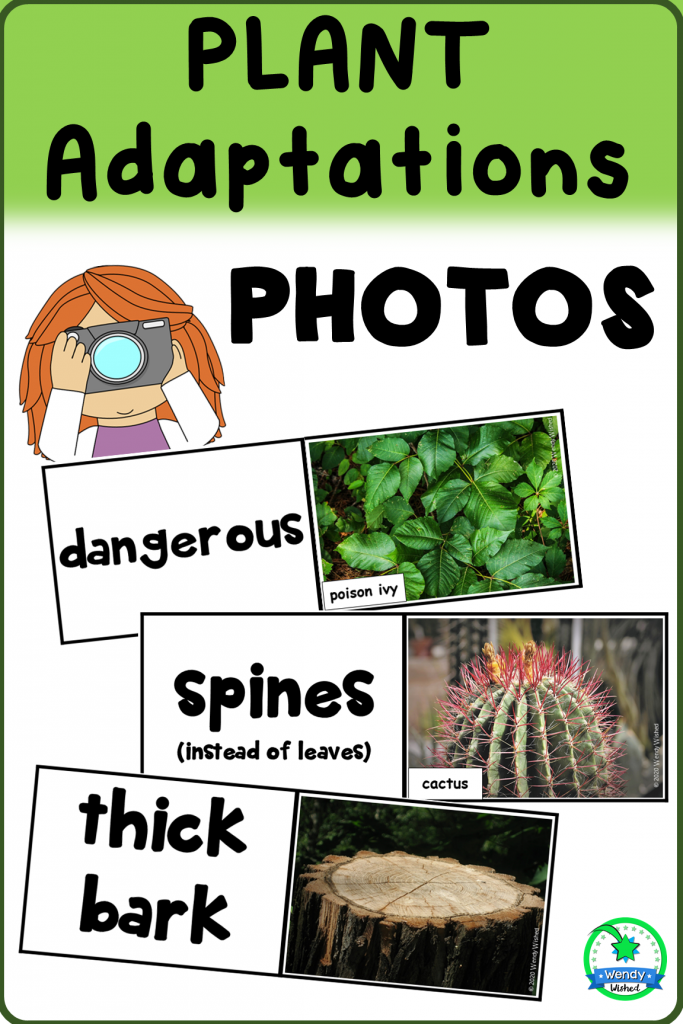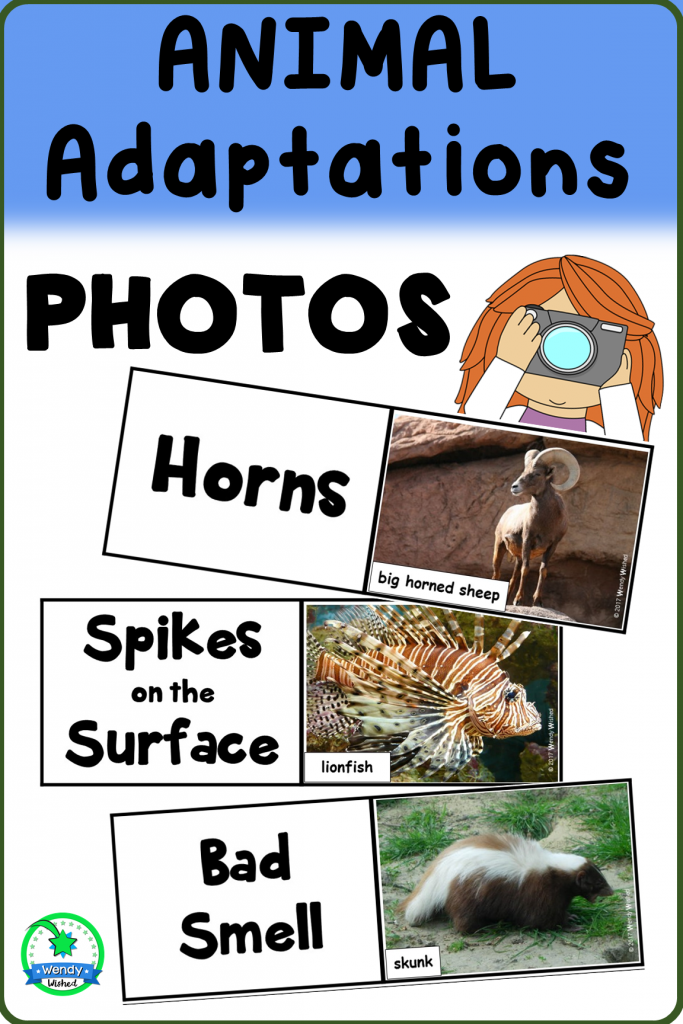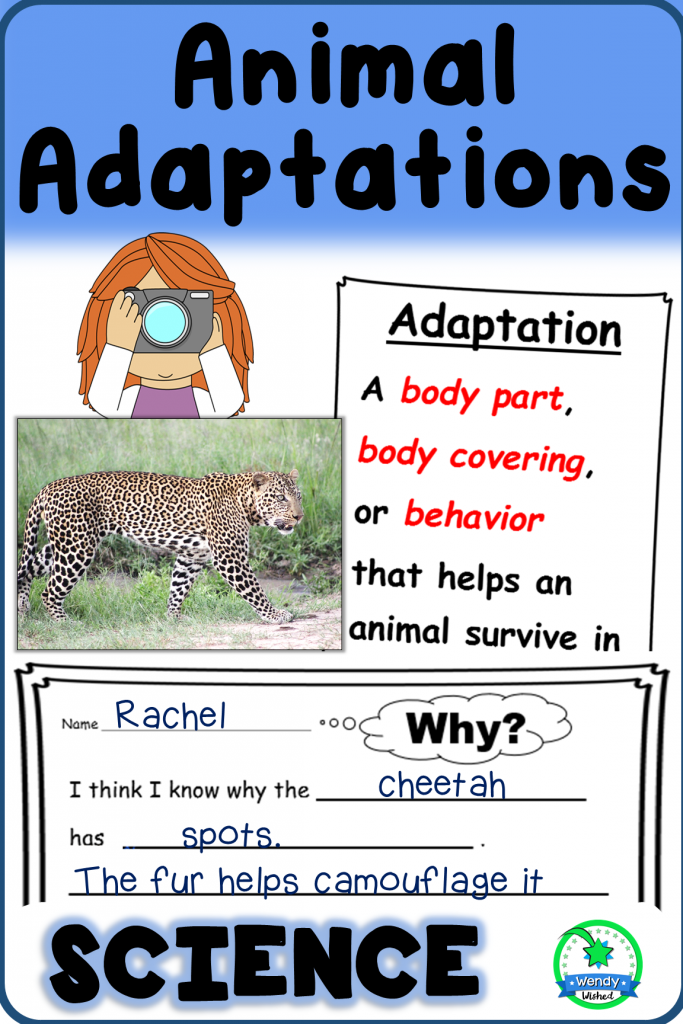How can you teach science when you yourself don’t like science?
The first test I ever flunked, yes we are talking a big fat red F written on the paper, was a 7th grade science test. As I clenched the paper in my hands, my eyes swelled and I tried to remember how to breathe. I felt like a failure and I lost all confidence when it came to learning science concepts. My high school chemistry partner would take the test tube vials out of my hands. Even years later in college, I continued to struggle in the mandatory science courses.

However, as a teacher, I have developed a love (ok, perhaps a strong like) for science. It grew from my determination to not let my students follow in my footsteps.
3 Steps to Use to Teach Successful Science Lessons
Your science lesson plan may have a standard and goals. However, learning information for the test is not the desired outcome. Having a real understanding of the concepts is what we want for our students. These concepts will be the foundation for later knowledge to build upon. That is to say, true understanding is vital. The 3 steps for how to teach science concepts that I share with you made teaching science lessons so much easier for me.
Use Photographs during Science Lessons
Providing photos is the first of the three steps I recommend to use to teach science concepts. Photographs of real things is what changed everything for my students. They could see it, relate to it, recall details, and build memories that lasted. So many students lack the background knowledge of animals, plants, and their environment. Yet these are the concepts that primary science lessons focus on. Providing real photos is so beneficial. It is true that “A picture is worth a thousand words.”
Let Discussions Build Knowledge
Using photos as inspiration, then conversations can begin. Have your students gather round and discuss the new concepts. This is also the time to build vocabulary. If you were using the photos above, you could develop the understanding of dangerous. Most of your students will know the root word, danger. However, add a suffix and the noun turns into an adjective that describes. Hey, is that grammar? Ask them to contribute to the discussion with plants or things that are dangerous. Perhaps they will mention a cactus or going down the slide head first at recess. Making those connections to their own lives and experiences will help the new information stick.
Your job for this step of the science lesson is to sit back, relax, and allow your kids to learn from one another. Encourage students to share their knowledge. Many students may have background knowledge that they can share from their family trip to the zoo, watching educational shows, books they have read, etc. Let your students be the experts and share their knowledge. Jump in to assist with vocabulary building, interesting facts, or to answer questions that arise. Learning from a peer, and not a teacher’s lecture, may be much more beneficial.
Assign Writing to Demonstrate Understanding
Photos will ignite discussion. After that, cement the newly acquired knowledge into their own words and have them write it down. Writing is such an important step. Yet it is so easy to delete from the lesson plan when the schedule is full. Make time during your ELA or grammar time. For example, you can encourage the standards: punctuation and use of adjectives.

Extend the Concept Across the Curriculum
Now that you know these 3 steps of how to teach science, go above and beyond. In addition, find ways for the science topic to ooze across all curriculum areas.
- Find a book for a read aloud and use as a mentor text for their writing.
- Fill the classroom bookshelf with books related to the topic.
- Introduce the math lesson with a word problem incorporating the topic as well. (410 lbs. of food was available for the lions. They ate 189 lbs. during the past few days. How many are left for the week?)
- Do your kids get brain breaks? Act out how the animals move. How would you react if the skunk used its bad smell to protect itself? What would your face look like if you touched the spines of a cactus? Get them to apply their new knowledge as they demonstrate how they would react.
3 Steps to Use to Teach Science
- Use photographs
- Let everyone share knowledge using discussions
- Write about what was learned
Take these steps and incorporate them into your own science lessons… especially the lessons that you dread teaching. If you haven’t enjoyed teaching the science lesson, then they need an up-date. You want your enthusiasm to be contagious so that you can get your students excited about the topic too.
Try these complete lesson resources
and see how easy they make it for you to teach science lessons.
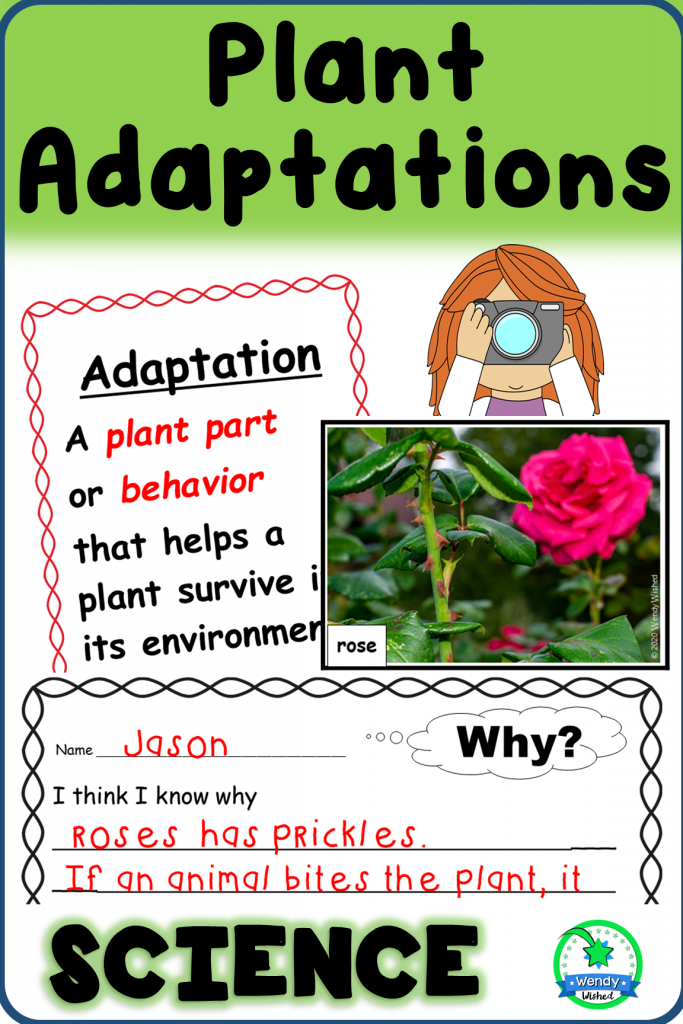
Get everything you need
for your science lesson with these resources from my TpT store.

of teaching together.
Join my subscriber list. When I send emails…
it’s all about teaching tips, exclusive materials, lesson ideas, and free resources.
You can unsubscribe at any time.
Find more tips for teaching science concepts to your kids in this blog post.
Dive into the Ocean Habitat with your Class!
